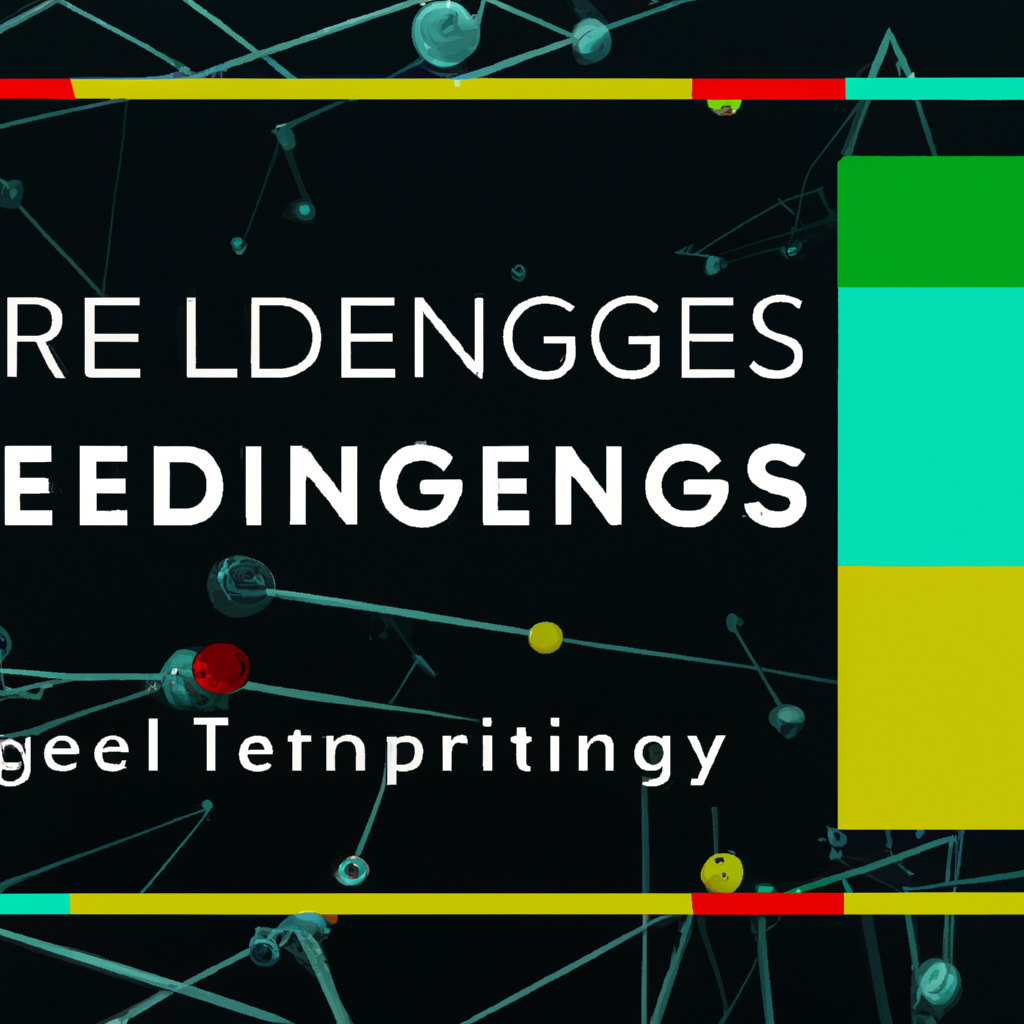Understanding the Principles of Reinforcement Learning in Game Theory
Table of Contents
Understanding the Principles of Reinforcement Learning in Game Theory
# Introduction
Reinforcement learning (RL) is a branch of machine learning that focuses on how an agent can learn from its interactions with an environment to maximize its cumulative rewards. While RL has been successfully applied in various domains, game theory provides a rich framework to explore the principles and algorithms of RL. In this article, we delve into the principles of reinforcement learning in game theory, discussing both the new trends and the classics of computation and algorithms in this field.
# Background: Reinforcement Learning
Reinforcement learning is a paradigm where an agent learns through a trial-and-error process by interacting with an environment. The agent takes actions, and the environment provides feedback in the form of rewards or penalties. The goal is for the agent to learn a policy, which is a mapping from states to actions, that maximizes the expected cumulative reward over time.
One of the key challenges in reinforcement learning is the exploration-exploitation trade-off. The agent needs to balance between exploring new actions and exploiting the actions that have yielded high rewards in the past. This trade-off is particularly relevant in game theory, where multiple agents interact with each other, and their actions influence each other’s rewards.
# Game Theory and Reinforcement Learning
Game theory provides a mathematical framework to study the strategic interactions between rational decision-makers. In a game, each player aims to maximize their own utility, which is typically measured by a payoff function. The players’ actions and the resulting payoffs depend on the actions of other players, leading to a complex interplay.
Reinforcement learning in game theory can be framed as a multi-agent reinforcement learning problem. Multiple agents interact with each other, and their collective behavior determines the overall outcome of the game. This interdependence introduces new challenges and opportunities for RL algorithms.
# Classical Approaches: Zero-Sum Games
Zero-sum games are classical game theory scenarios where the total payoff is constant, meaning that any gain for one player corresponds to an equal loss for another player. In this context, reinforcement learning algorithms have been extensively studied.
One classic algorithm for zero-sum games is the minimax algorithm. The minimax algorithm aims to find a strategy that minimizes the maximum possible loss for the agent. It achieves this by considering the worst-case scenario, where the opponent plays optimally. The agent’s goal is to maximize their expected payoff assuming the worst-case opponent strategy.
The minimax algorithm is closely related to the concept of Nash equilibrium, which is a state where no player can unilaterally improve their payoff by changing their strategy. In zero-sum games, the optimal strategy for one player is to play according to the minimax algorithm, while the opponent plays according to the maximin algorithm, which maximizes their minimum possible payoff.
# New Trends: Multi-Agent Reinforcement Learning
While the classical approaches have been successful in zero-sum games, many real-world scenarios involve non-zero-sum games, where different agents have non-identical payoff functions. In such cases, the concept of Nash equilibrium becomes more complex, and new techniques are required.
Multi-agent reinforcement learning (MARL) is a recent trend that addresses the challenges of non-zero-sum games. MARL combines reinforcement learning with game theory to study how multiple agents can learn and interact in complex environments. It explores the dynamics of learning in a competitive or cooperative setting, where agents adapt their strategies based on the actions of others.
One popular approach in MARL is the Q-learning algorithm with experience replay. Q-learning is a model-free reinforcement learning algorithm that learns an action-value function, called Q-function, which estimates the expected cumulative reward for taking a particular action in a given state. Experience replay enhances Q-learning by storing and randomly sampling past experiences to break the correlation between consecutive samples and improve learning efficiency.
Another notable trend in MARL is the use of deep reinforcement learning. Deep reinforcement learning combines deep neural networks with reinforcement learning, allowing agents to learn complex representations and make decisions based on high-dimensional state spaces. Deep Q-networks (DQNs) and policy gradient methods are commonly used in deep reinforcement learning for multi-agent scenarios.
# Conclusion
Reinforcement learning in game theory offers a fascinating intersection between theoretical principles and practical applications. From classical approaches like minimax algorithm in zero-sum games to the emerging trends in multi-agent reinforcement learning, this field continues to evolve and contribute to our understanding of intelligent decision-making in strategic interactions.
By studying the principles of reinforcement learning in game theory, researchers can develop algorithms that enable agents to learn and adapt in complex environments. The exploration-exploitation trade-off, the concept of Nash equilibrium, and the challenges of non-zero-sum games are all important factors to consider. As the field progresses, we can expect further advancements in the computation and algorithms of reinforcement learning, ultimately leading to more intelligent and strategic decision-making in various domains.
# Conclusion
That its folks! Thank you for following up until here, and if you have any question or just want to chat, send me a message on GitHub of this project or an email. Am I doing it right?
https://github.com/lbenicio.github.io

